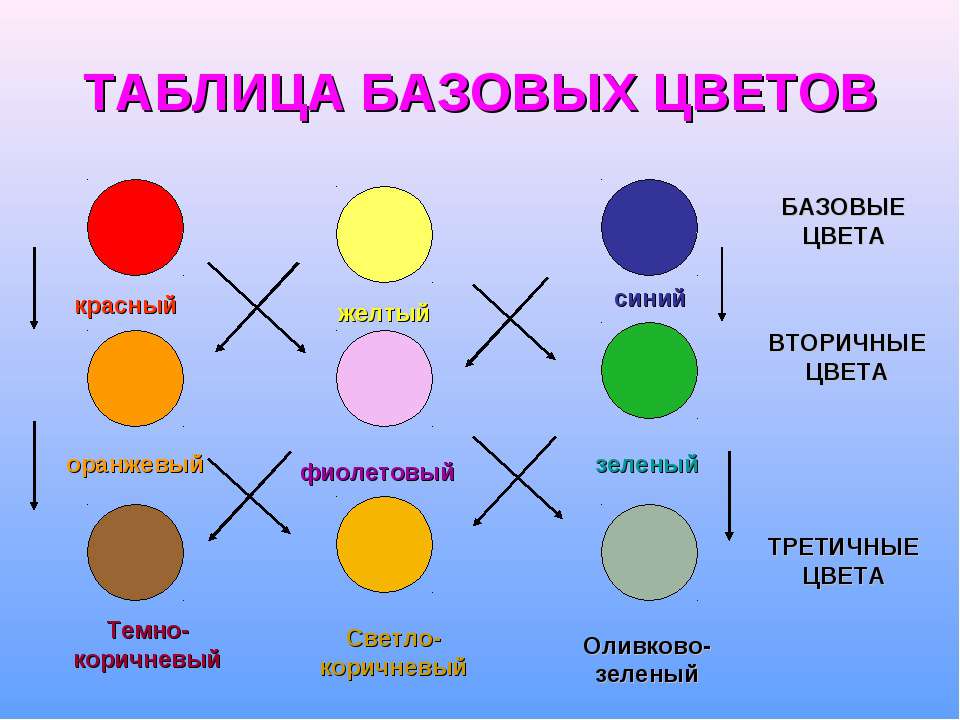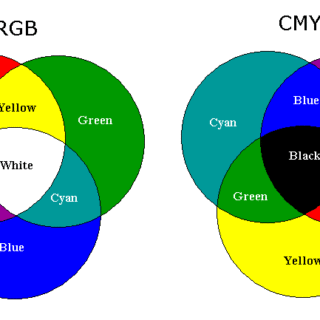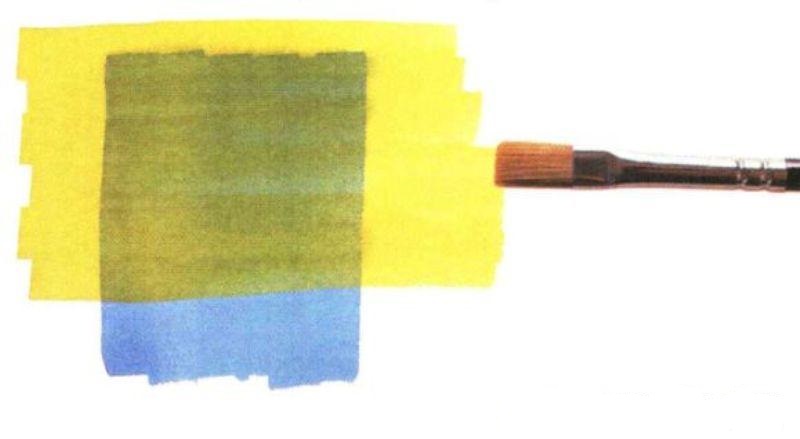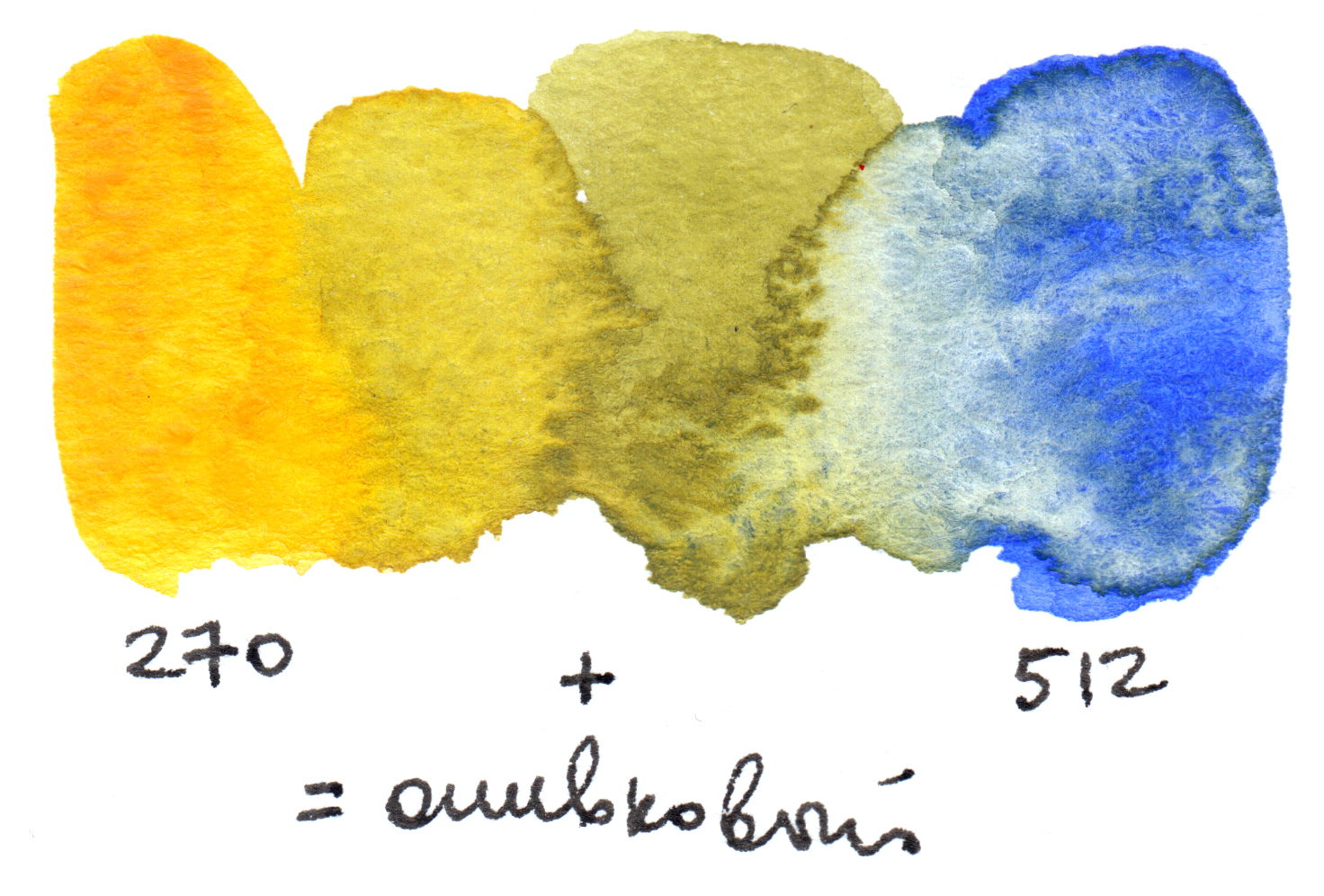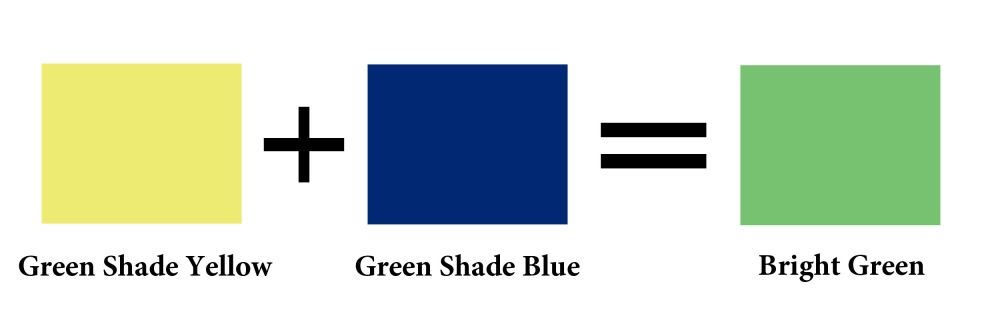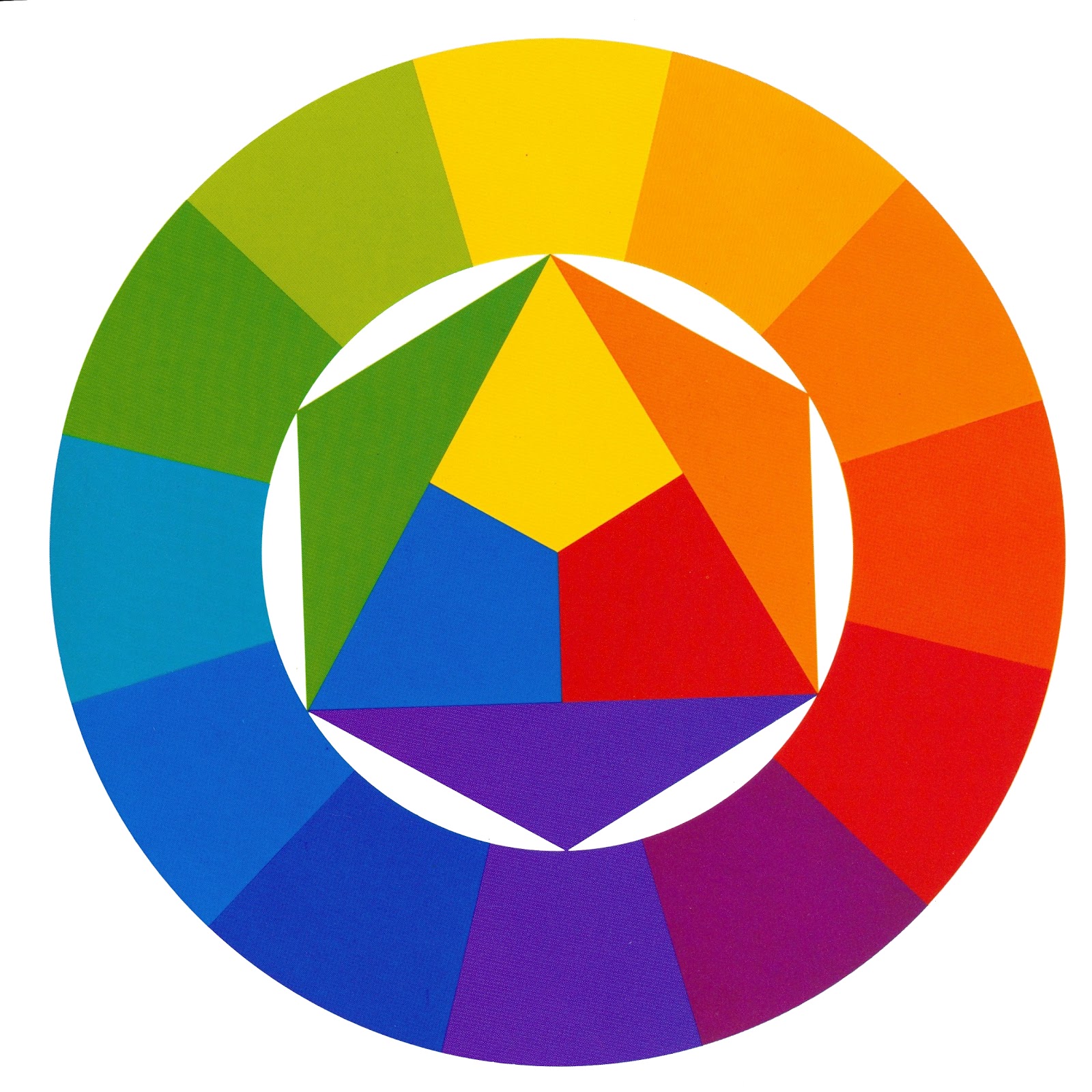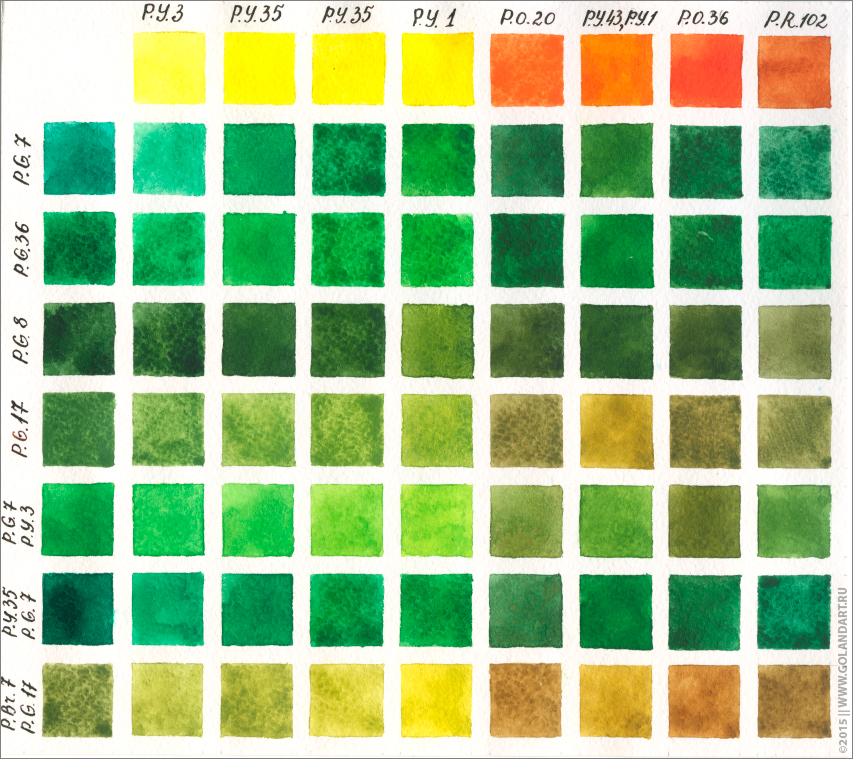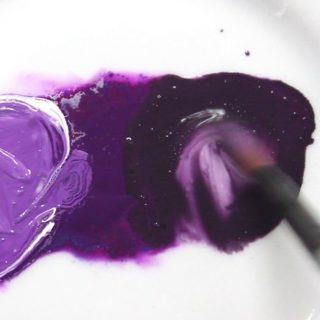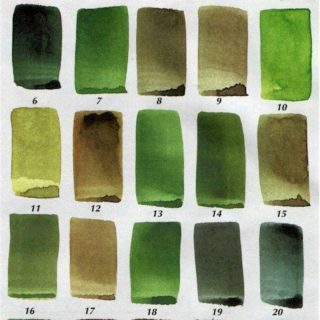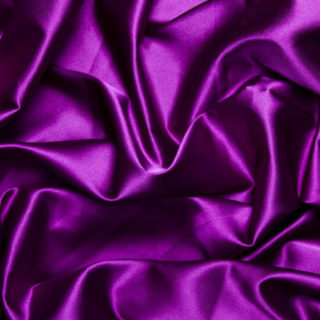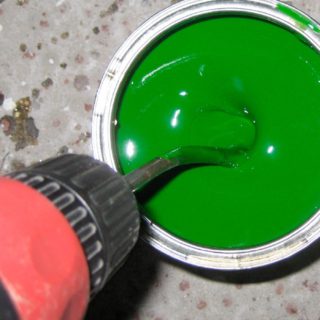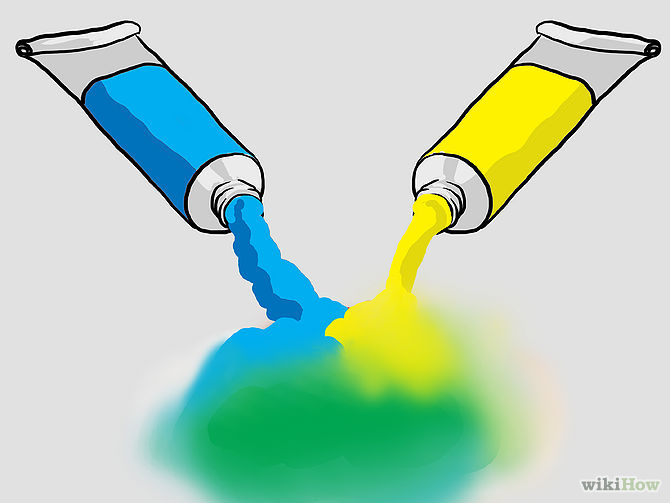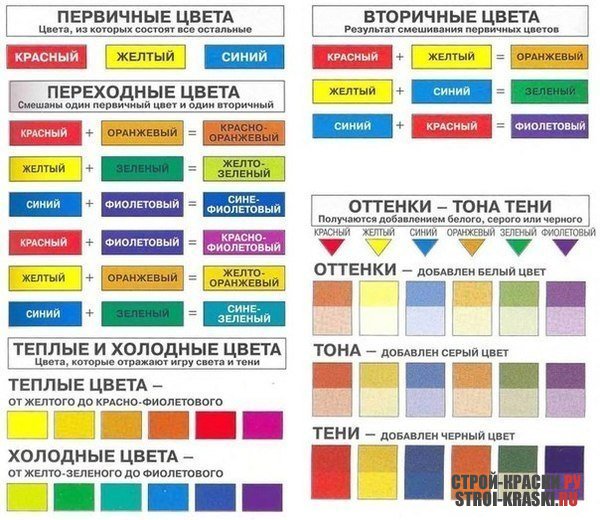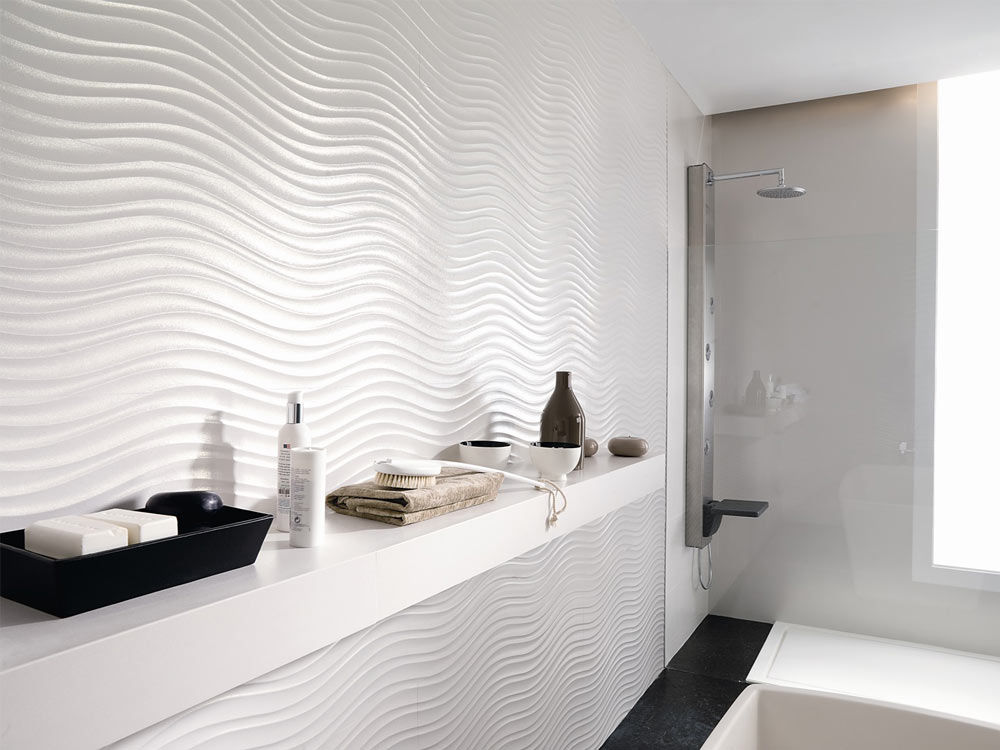
How to get blue color. Achieving pure color by mixing blue and green
The ratio of the bases in the combined mixture affects the declination of the result in the direction of a particular shade. Armed with a color wheel, the artist will combine the required color scheme. For example, he learns how to mix blue and green, following a specific sequence of actions:
- Apply a drop of base tone (for example, blue is involved).
- Dilute with a second key shade (eg yellow).
- Analyze if the resulting green matches the desired one.
- If the green does not fully satisfy the artist's requirement, adjust the proportion by adding one of the original colors to achieve the desired shade.
- An alternative way is not to mix anything, use the assortment of the art store (green tube of paint).
Using pure tube paint seems like an easy solution, and an artist may decide to use it since experimenting with combinations is not an easy task to enjoy the desired shade.
Reaching a specific shade
The theoretical aspect of mixing
In terms of color perception, theory is important. Colors are different to the human eye due to different surfaces reflecting light rays in a different manner.
An example of such a phenomenon is a bathroom, which beats off all the light falling on it and does not absorb it. All seven rainbow colors create white! Accordingly, a white bathtub appears to the observer of the color of a landscape sheet.

The antipode of the bathroom is soot, the surface of which absorbs all rays of light falling on it. The result is a completely black surface.
After mixing contrasting white and carbon black, oddly enough, an elegant gray color scheme is obtained. The algorithm for removing gray in such a combination is a bit comical: the rays of light, reflected from the white, are absorbed by the soot. With an increase in the composition of soot, the gray darkens, logically repeating the algorithm of absorption by the soot particles, of which there are more, a more significant fraction of reflected light.
The principle is the same for shaded pigments: the red color remains so due to the beating off of the predominant "bloody" colors. A person can observe a blue tint due to the absorption of all colors except blue by the tone. The yellow component captures many colors, but still not yellow tones.
It is not surprising that a mixture of blue and red paints with a mud-like texture was acquired. The reason lies in the absorption of red by the blue surface along with all other light. Red, in turn, reflects only its related red shades, and blue remains to be absorbed.
![]()
Realistic picture of color manipulation
The theory whips up hopelessness, drawing out the prospect of turning all the combinations into mud baths. However, such a development of events would be possible only if the Earth was filled with pure colors.
In reality, there is an order of both simple matching of colors to each other in a pair, and combination in the originally planned tone.
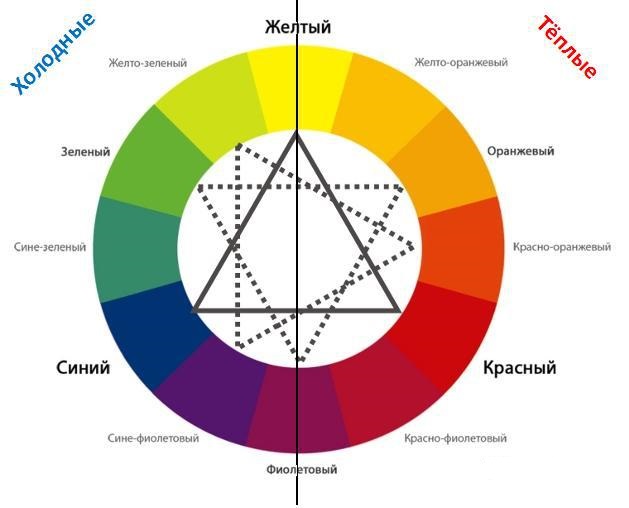
The reality is this: color pigment does not only reflect off light. A single wavelength beam is bounced more. For example, the red component will reflect the red color, but also the other narrow-minded colors (purple, orange). The yellow element will reflect the light of the yellow wave, but at the same time, the reflection of orange or green is more possible. By analogy, the blue color will bounce off its surface green tint and purple, if you have to mix it.
In the video: the rules for mixing colors.
Mixing blue and green in acrylic
Variations in shades are interesting if you mix blue and green: sometimes it is difficult to predict what color will turn out.
Some examples of artistic combinations acrylic paints(green and blue):
- Blue 1 part + green ½ part = turquoise blue.
- Blue 1 part + black 1 part + green ½ part = from royal blue to dark blue.
- Blue 1 part + green 1 part = turquoise green.
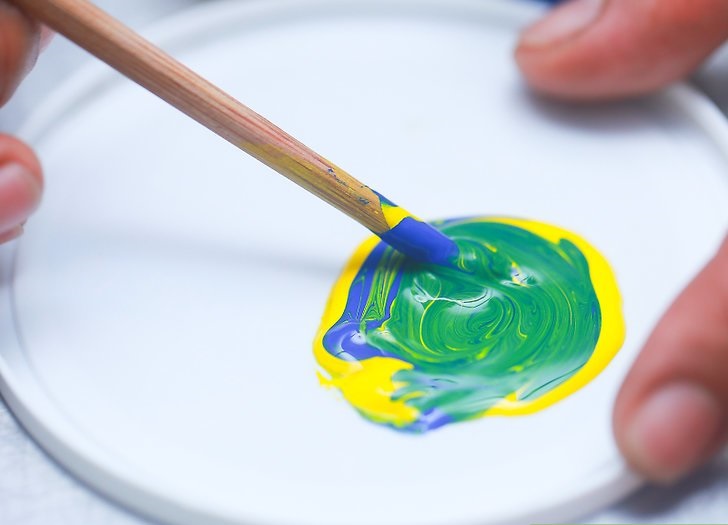
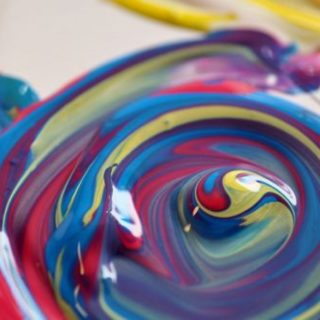
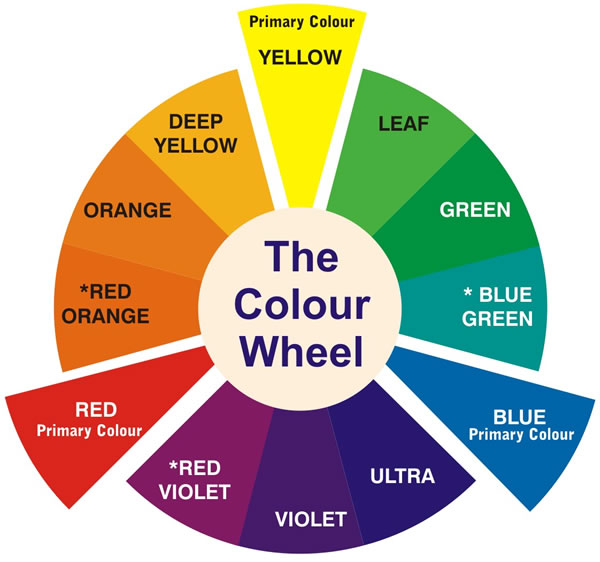
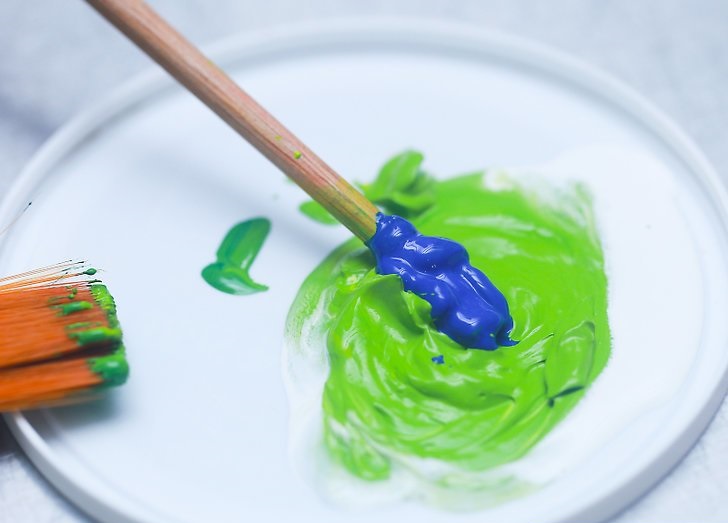
![]()
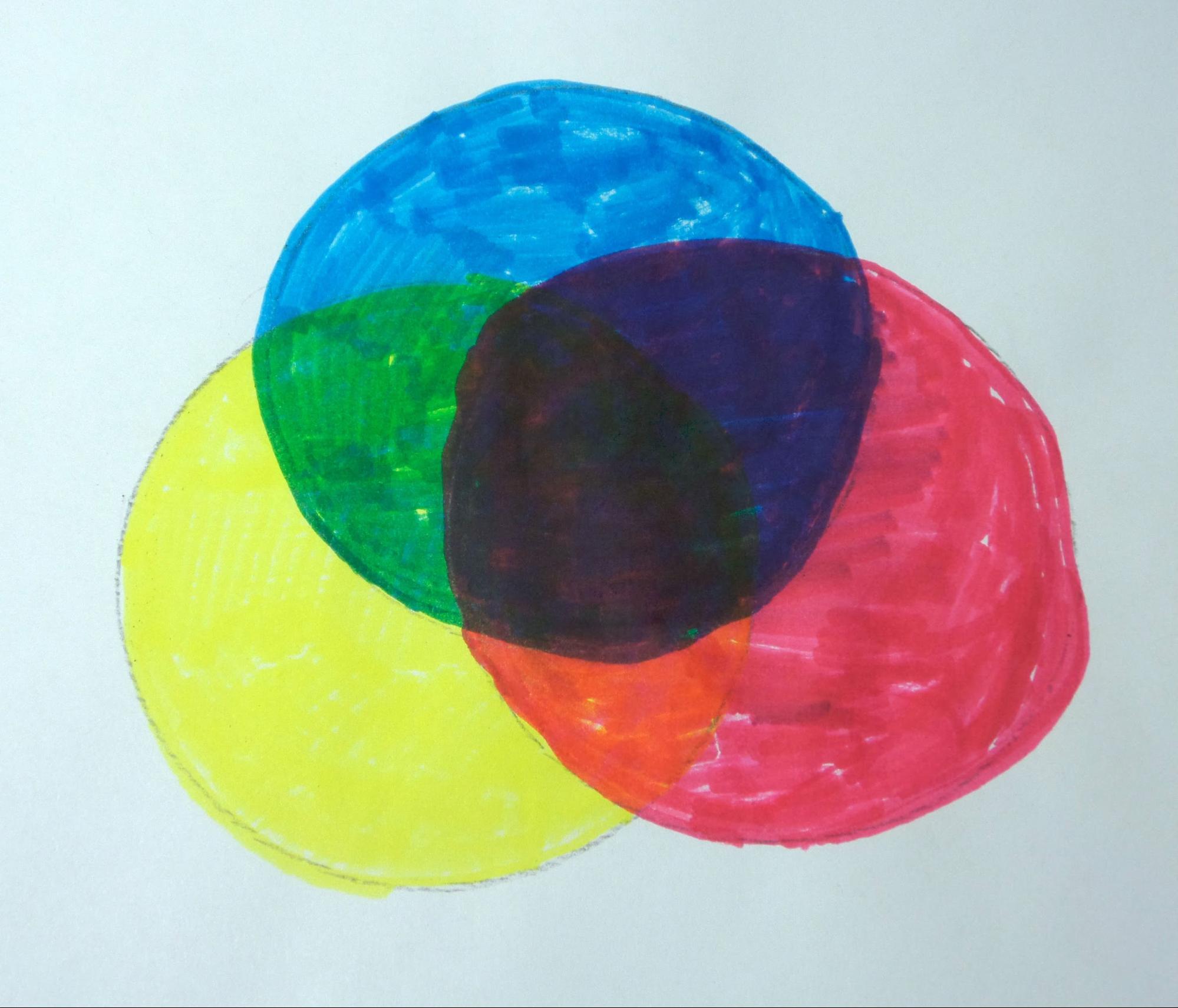
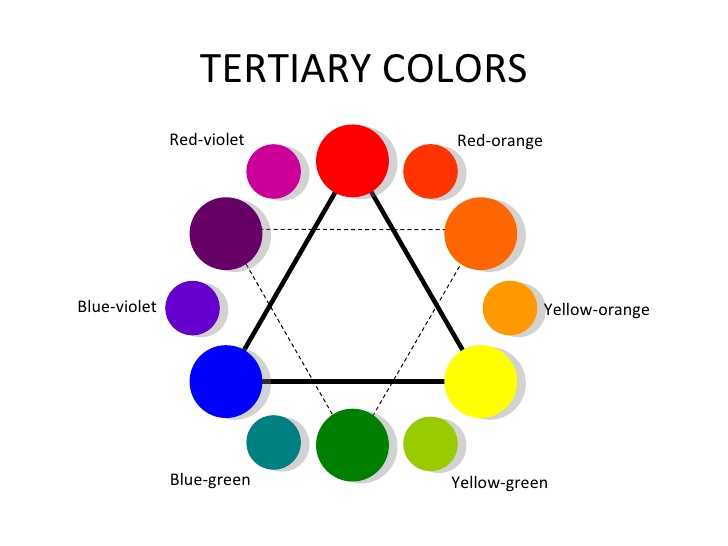
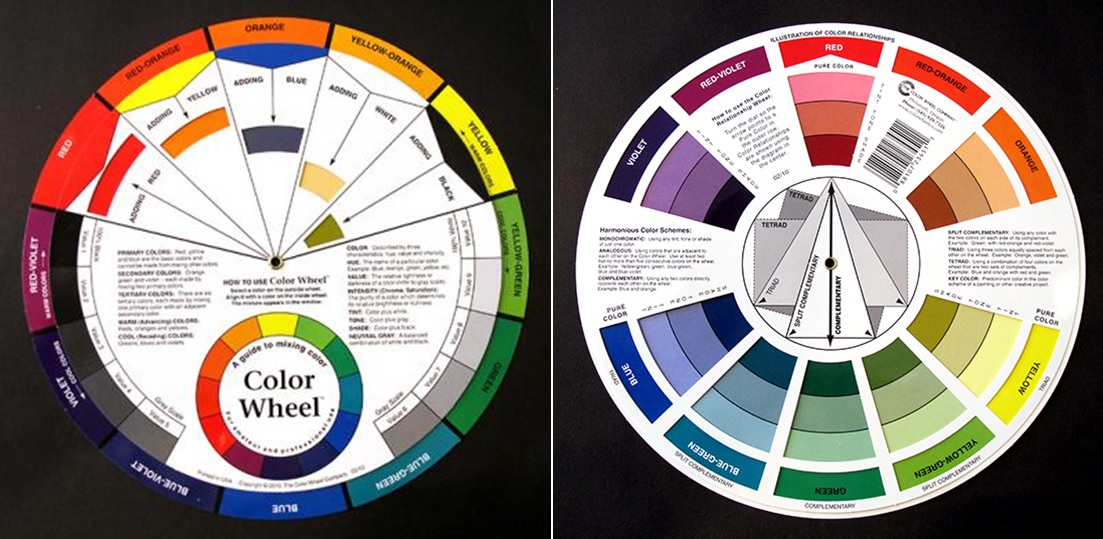
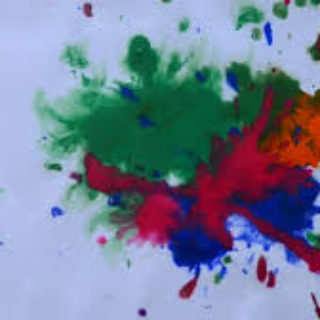
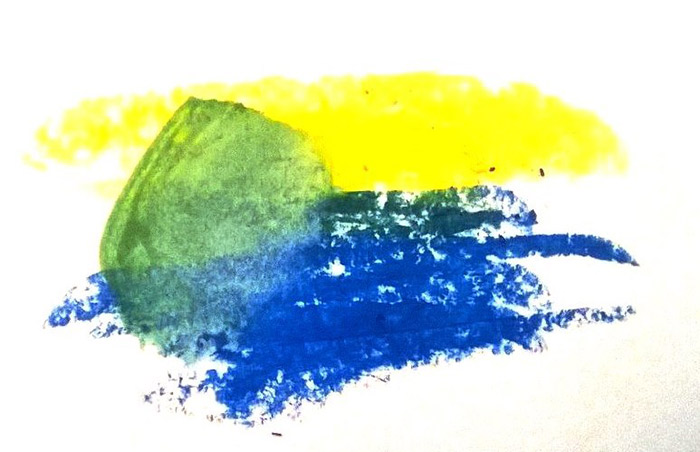
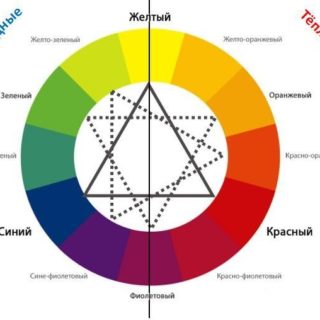
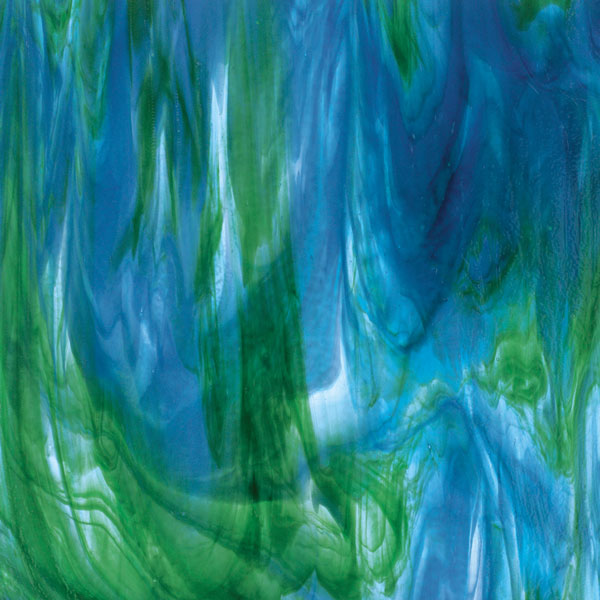
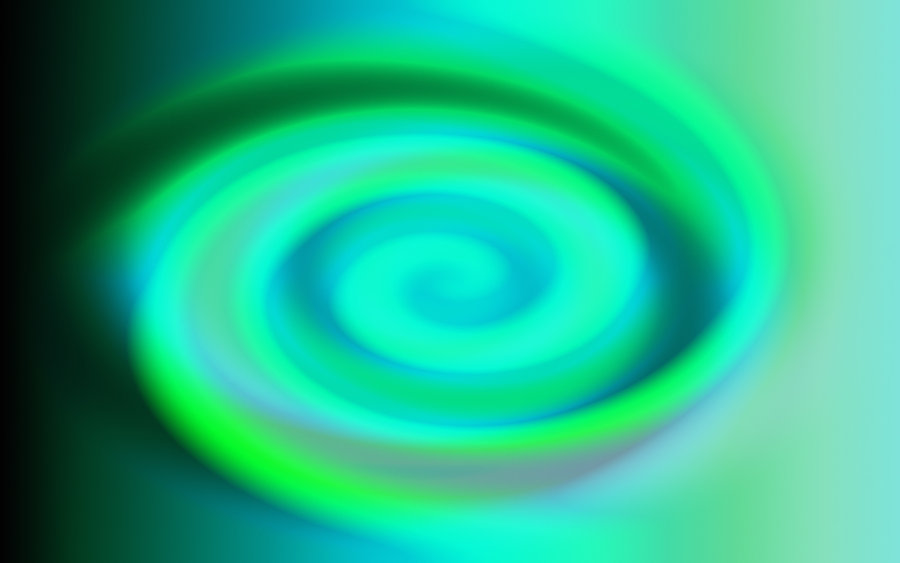
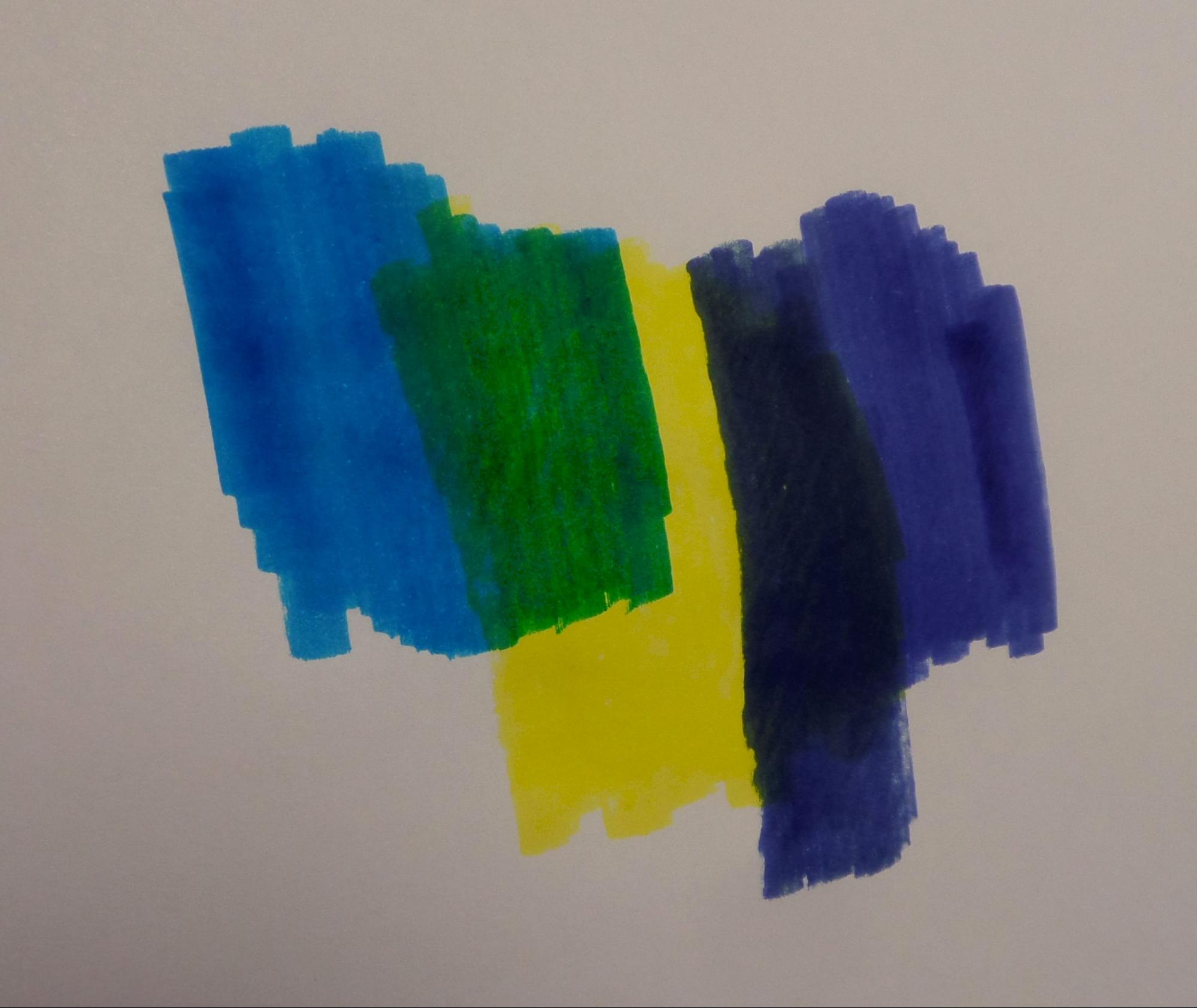
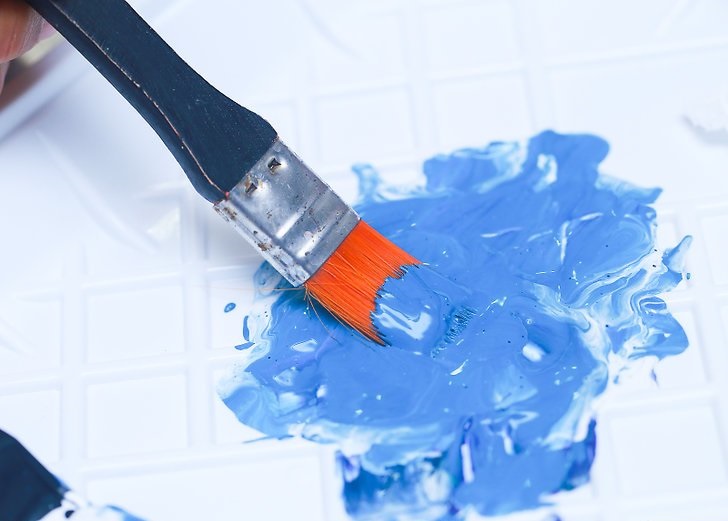
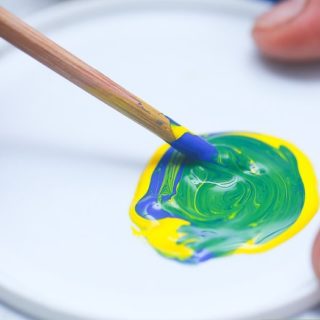
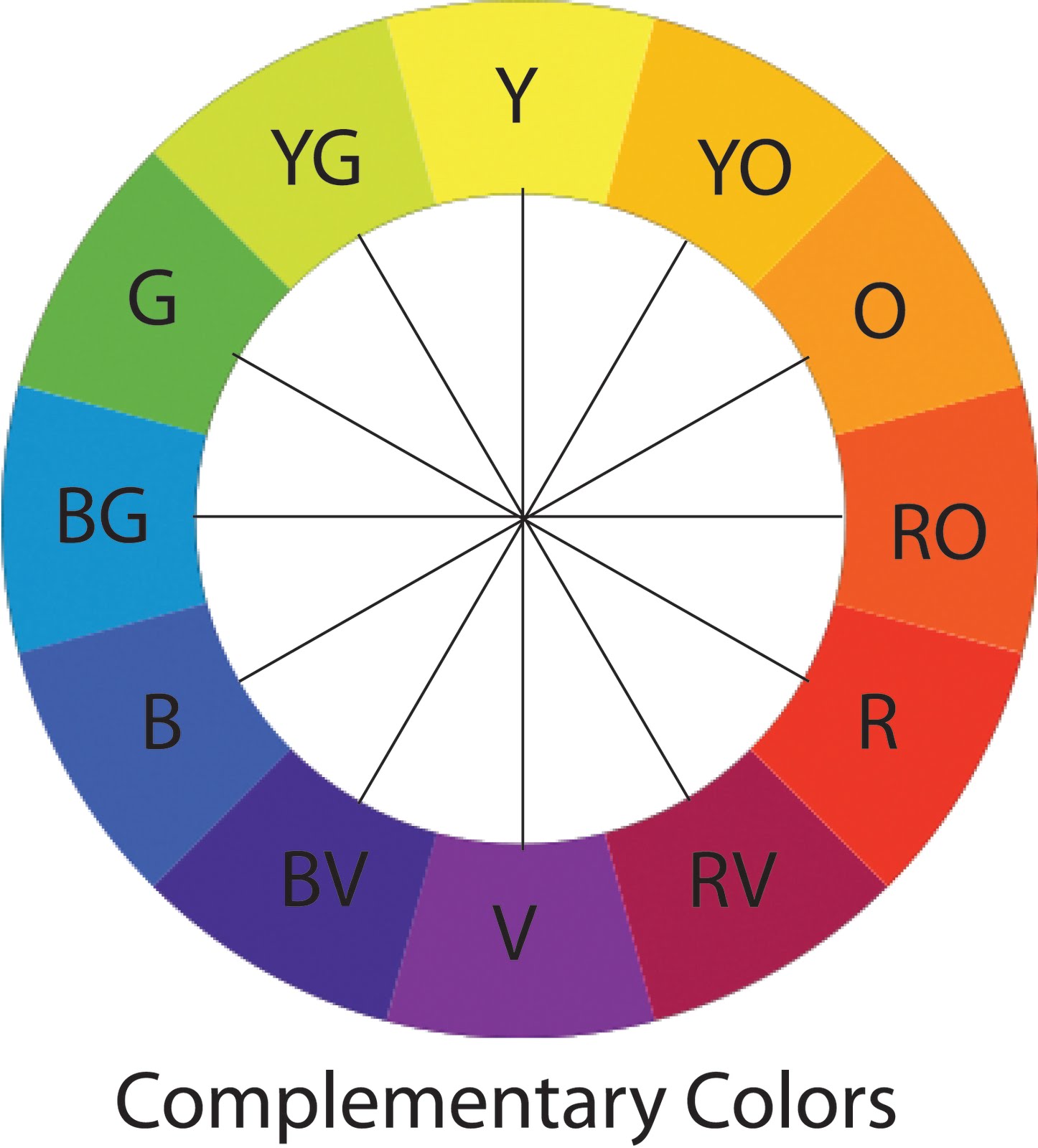
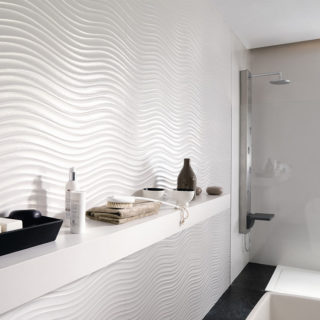
Light green is formed without the participation of the heavenly color scheme (we would mix yellow, white and green). Cyan also does not imply blue (white plus green and black).
Learning to mix paints (2 videos)
The basics of mixing blue and green (18 photos)








![]()








Taking the first steps in working with decor, most artists are faced with the problem of the lack of many shades in standard paint sets. And in Everyday life the need to obtain different tones arises quite often: from choosing a color for painting walls in a house to choosing the perfect version of eyeshadow. However, do not be discouraged if there is no necessary element in the available arsenal of paints. Remember, with only three basic colors available: yellow, blue and red, you can get any shade that exists in nature. So to get orange, you just need to mix two basic colors: red and yellow, and also get acquainted with some of the nuances that artists use when mixing paints.
First, let's prepare everything you need. You need to bring:
- mixing surface (for example, a palette);
- paint of yellow and red shades;
- brushes;
- canvas or other work surface on which the resulting material is planned to be applied (watercolor paper, pastel paper, etc.).
The result of mixing yellow and red from paint
For the final color to be perfect, make sure the surface is free of foreign particles (lint, dust particles, brush hairs, etc.) before starting work. You also need to immediately decide which of the ways you plan to get the desired orange tone. If mixing is done on paper, the final shade is obtained by overlapping the shade after applying one layer of composition to another. If you mix colors on a palette or used cans, the result is a separate new tone.
Obtaining process
To get an orange color, combining shades on paper, you first need to decide what you want to get in the end. Since if you apply yellow on top of red, the final tone will be darker than applying red on top. It is also important to ensure that the mixing brush is free of any extraneous shades. the presence of paint of a different color on the hairs of the brush can give a completely unexpected result.
The same rule must be followed if you are planning to get the required orange color in dry painting. Simply apply layers of red and yellow on top of each other, and then rub. The resulting shade will entirely depend on what color layer was applied on top: if the last layer was yellow, then orange will be lighter, if red - a red-orange tone will be formed.
When mixing paints on a palette, the situation is somewhat simpler. You need to put on it a little of one base of paints and another, and then mix with a palette knife (a special small spatula). A regular brush will work as well, but again, be sure to make sure the brush is free of other paints.
Completely different mixing rules should be followed if you work with oil paints. To make the final color orange, you need to apply yellow and red strokes very close to each other, then, going back a short distance, you will see that you have achieved the desired effect.
Correct proportions
The proportions of red and yellow colors depend solely on what shade you want to get as a result. So when you mix colors in equal proportions, you get a classic orange color as a result. For the resulting orange to be more golden or yellow-orange, the yellow paint must prevail. While for a fiery orange saturated, more red should be added. You can also soften the resulting orange shade by adding a little white paint, then you get a lighter, pastel tone. But to darken the tonality, it is better not to use black, since it does not so much darken as it drowns out the color spectrum. For a darker shade of orange, a slightly darker gray is recommended.
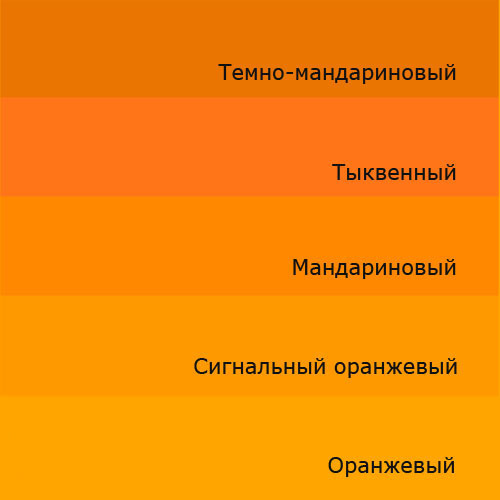
Orange spectrum names
Conclusion
The principle of obtaining orange paints is quite simple, it is enough to know the RGB model and the principles of mixing to make the most persistent composition. The type of work, whether it is drawing or room decor, does not change the method of obtaining orange colors.
The task set before the artists is not limited to the embodiment of the idea on paper. It is expanded by the selection of its color scheme. Painters rarely use pure colors - almost everywhere they have to combine several components to obtain the intended tone. So, if you mix yellow and blue, we get a classic green. But this color can be obtained in different shades.
The basics of color combinations
There are two ways to get the desired shade. The well-known standard way suggests using the color wheel (breakdown into three basic tones and their three derivatives).
The circle clearly demonstrates the three basic colors:
- Red;
- blue;
- yellow.
Base colors (including blue and yellow) when mixed form derivatives:
- Violet;
- green;
- Orange.
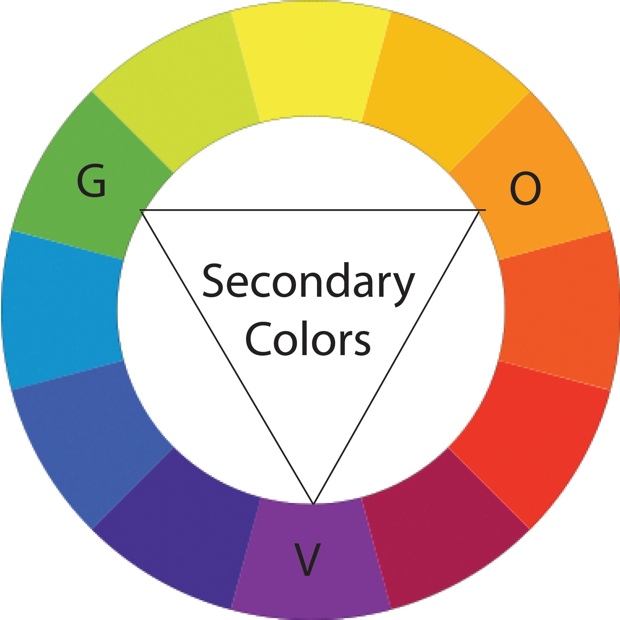
At the beginning creative career painters choose the way to achieve color using the color wheel. After the master has filled his hand, the desire to pick up color range much more scrupulous.
Novice artists often get muddled by the combination principle described above. For example, deep purples are rare when combining red and blue paints.
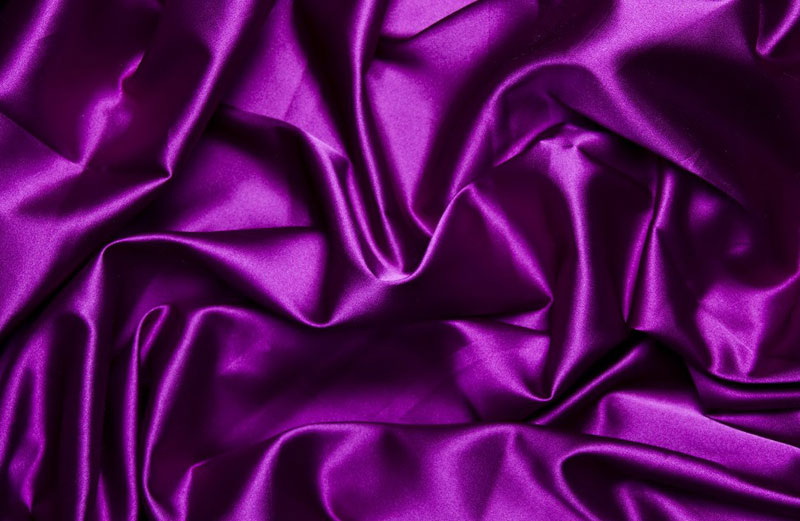
On the same level of difficulty, there are rich green and orange, also brown. In fact, the scheme does not guarantee a positive result and does not describe the nuances for achieving it.
Scientific research claims that there are more than three primary colors - there are six. Extended list of basic colors:
- A pigment with the ability to reflect red to a significant degree orange.
- A pigment with the ability to reflect red to a strong violet.
- The paint beats off yellow, and additionally - green.
- The paint beats off yellow, and additionally - orange.
- The component reflects blue and, to some extent, purple.
- The component reflects blue and, to some extent, green.
The principle of flower formation
According to the above scheme, the shading algorithm is simplified: you need to take a portion of yellow (item 3), stir it with blue (item 6). The celestial element interacts with the color pair, neutralizing its yellow light, while yellow will absorb the blue tone.
As a result of the reaction, we get a new shade - green! The resulting color will not be dull and dull, but vivid and saturated.
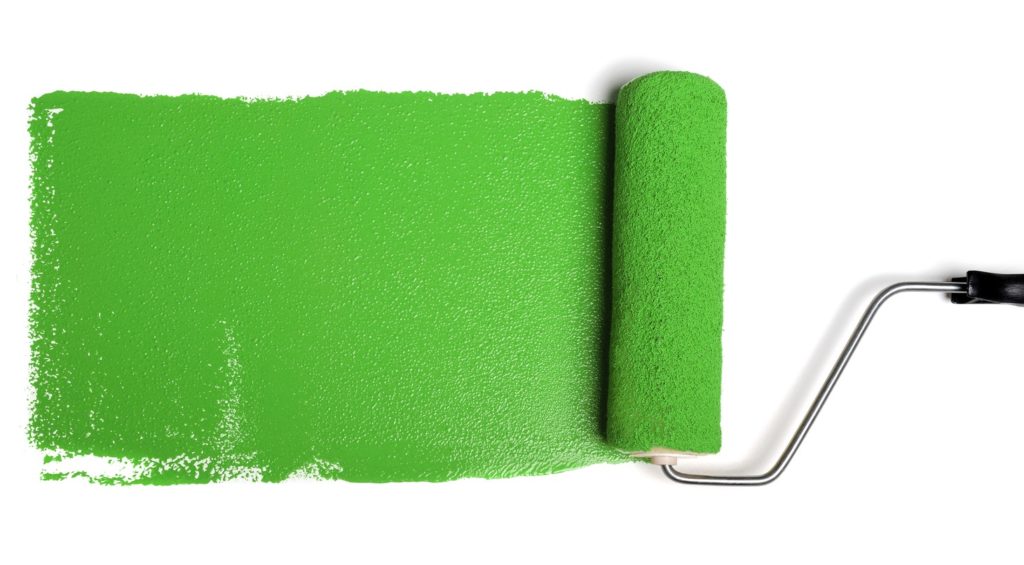
Mixing by analogy blue (clause 5) with red (clause 2), it is easy to develop a deep violet color after mutual absorption of the basic components.
The palette prompts one more obvious combination: yellow (item 4) plus red (item 1). The pigments absorb the mutual reflection of each other's surfaces, showing the world a noble orange color.
As a result of all the manipulations, the traditional circle was transformed into a new one, consisting of six color vectors. The entire spectrum of colors available to the artist's hand is generated by variations in the composition of six basic tones, when composing them it is important to understand what color will turn out.
Combination nuances
- False pairs form dull tones (for example, blue # 6 and red # 1 will merge into a dirty purple).
- The tandem of the correct color with the wrong one form much more pronounced tones (blue item 6 and red item 2 will make the violet brighter).
- The combination of the two ideal colors creates a pure, rich tone (blue p. 5 and red p. 2 will give rise to a catchy juicy purple).
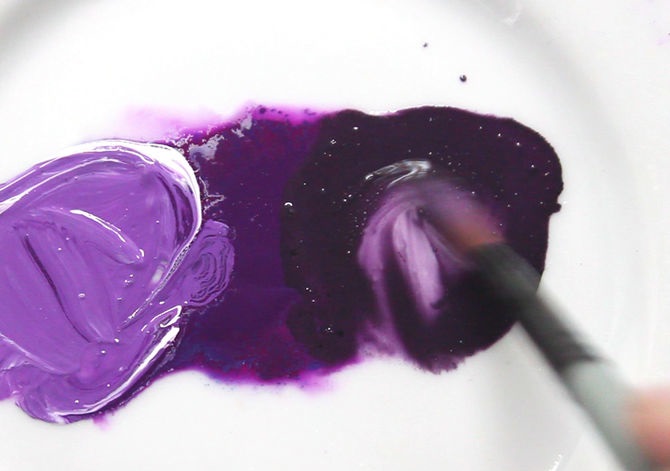
Video: mix blue and yellow.
How to get juicy green
The brightness of the final green color scheme directly depends on how clearly the purity of the bases is expressed, if you mix yellow and blue colors... With an increase in their saturation, the brightness of the green tone rises.
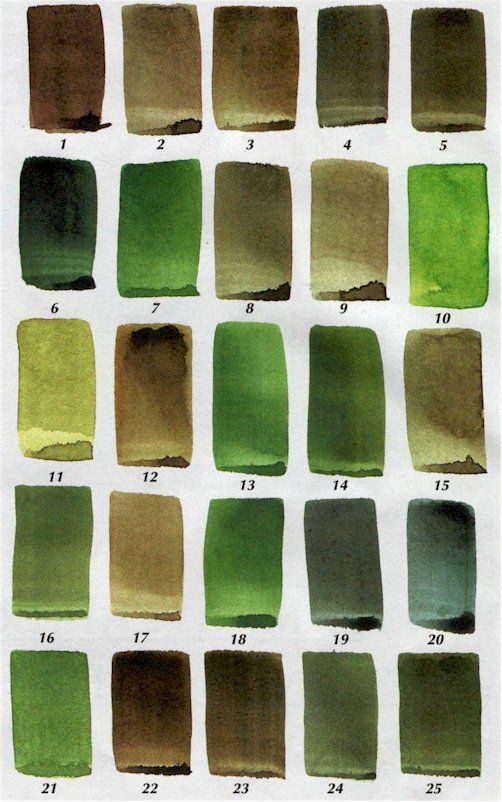
However, it will never overshadow the purity of the original colors - it will remain a little dimmer. For this reason, kits are available with the provided green tube.
When blue and sand turn into green, it is called secondary. Tertiary shades will be obtained by mixing secondary green with black or brown (dark), or white (light) cannot be brighter than green, which means they will be faded in comparison with it.
Examples of artistic combinations of acrylic paints (yellow and blue):
- Yellow 1 part + blue 1 part = herbal green.
- Yellow 2 parts + blue 1 part = green with a yellow tint.
- Yellow 1 part + blue 2 parts = green with a blue tint.
- Yellow 1 part + blue 2 parts + black ½ part = dark green.
- Yellow 1 part + blue 1 part + white 2 parts = soft light green.
- Yellow 1 part + blue 2 parts + white 2 parts = cool light green, not blue.
- Yellow 1 part + blue 1 part + brown 1 part = dark olive.
- Yellow 1 part + blue 2 parts + brown ½ part = brown with a gray tint.
If the saturation of the green depends on the base mixed components, then the saturation of the undertones is in direct proportion to the purity of the herbaceous color itself. In this regard, the derivatives of the halftone will seem brighter if they turn out to be the result of manipulations with the finished green, rather than with the mixed one. The standard 12-color watercolor set includes two herbal colors: bright and emerald.
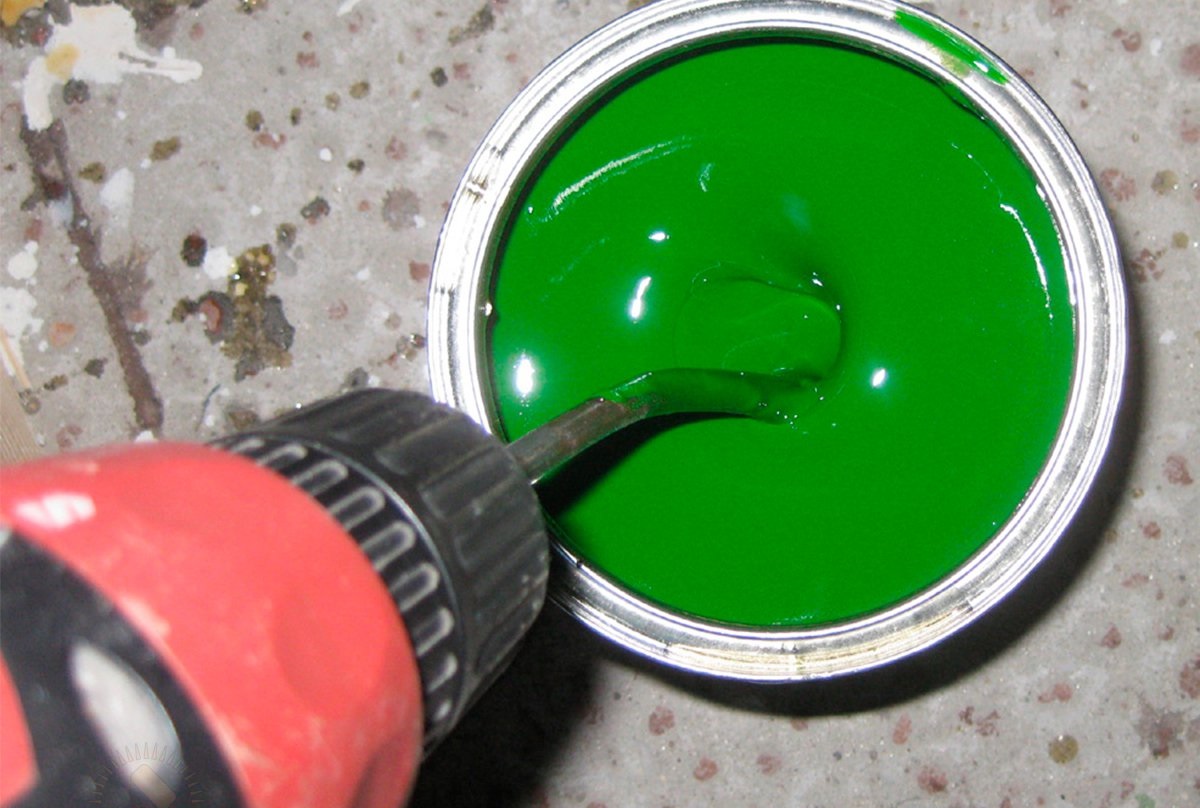
How to mix yellow with blue correctly (1 video)
Color basics (20 photos)
